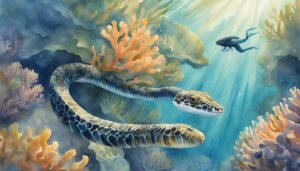Venomous Sea Snakes: Understanding Their Behavior and Habitat

Venomous sea snakes, adapted to marine environments, inhabit warm, shallow waters and pose conservation concerns.

Venomous sea snakes, adapted to marine environments, inhabit warm, shallow waters and pose conservation concerns.

Exploring the intriguing connection between chewing gum and cognitive enhancement reveals a series of studies and physiological insights.

Pollution impacts the environment and health, with major types including air, water, land, noise, and light pollution, each posing unique threats.

Frogs exhibit unique features and vital roles in ecosystems, facing significant conservation challenges.

TL;DR: Willis Carrier invented air conditioning in 1902 to control humidity in a printing plant.

Pygmy groups in Africa are known for their complex social structures, diverse languages, and unique cultural practices.

The walking tree, or Socratea exorrhiza, uses its unique stilt roots to move slowly towards sunlight, adapting to its rainforest environment.

A science lab facilitates hands-on experiments in fields like chemistry and biology, focusing on safety, accurate data collection, and STEM integration.

Tailoring a beagle's diet to their active nature and health requirements, including high-quality protein and controlled calories, is crucial for maintaining their health and vitality.

Human anatomy encompasses the study of body structures, systems, and organs, highlighting the complexity and functionality of the human body.